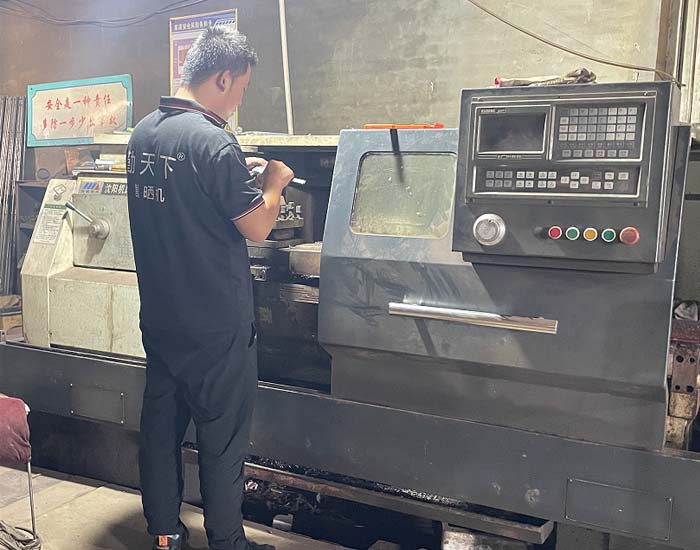Durum Wheat Harvest
Harvesting Durum Wheat A Vital Crop for Global Food Security
Durum wheat, a hard variety of wheat scientifically known as Triticum turgidum, plays a crucial role in global agriculture and food production. It is primarily grown in regions with a Mediterranean climate, where dry and warm conditions are favorable for its growth. This particular type of wheat is recognized for its high protein content and gluten strength, making it the preferred choice for producing pasta, semolina, and specialty breads.
.
Before the actual harvesting takes place, several pre-harvest activities are crucial. Farmers often conduct soil testing and implement crop rotation strategies to enhance soil fertility and reduce pest pressures. Conditioning the equipment, such as combining harvesters and seeders, is also vital to ensure minimal loss and maximum efficiency during the harvesting process. The equipment needs to be calibrated properly to avoid damage to the grains while ensuring a quick turnaround time.
durum wheat harvest

Once the crop is ripe, the harvesting process begins. Modern technology plays a vital role here, with advanced harvesters efficiently cutting and gathering the wheat. These machines not only reduce labor costs but also minimize grain damage, preserving the quality of the durum wheat. The harvested grain is then stored in silos or transported immediately to processing facilities. Maintaining appropriate storage conditions is essential to prevent spoilage and insect infestations.
The quality of harvested durum wheat is paramount, especially given its intended use in food products. Factors influencing quality include the protein content, gluten strength, and moisture levels at the time of harvest. Farmers often conduct assessments to ensure that these parameters meet market standards. High-quality durum wheat commands a premium price, emphasizing the importance of optimizing harvesting practices.
Furthermore, durum wheat is not just significant for regional economies; it also holds strategic importance in global food security. As the demand for pasta and other durum-derived products continues to rise, countries that produce this commodity are positioned favorably in the international market. However, challenges such as climate change, water scarcity, and pest pressures threaten production levels. Therefore, ongoing research and the adoption of sustainable farming practices are critical to enhance resilience in durum wheat farming.
In conclusion, the harvest of durum wheat is a significant agricultural event that impacts food systems worldwide. Efforts to improve cultivation techniques, enhance quality, and adapt to challenges are vital for sustaining this essential crop. As global populations grow and dietary preferences shift, the importance of durum wheat in ensuring food security cannot be overstated. Continued innovation and collaboration within the agricultural sector will be necessary to meet these demands effectively.
Latest news
-
When to Upgrade Your Old Forage HarvesterNewsJun.05,2025
-
One Forage Harvester for All Your NeedsNewsJun.05,2025
-
Mastering the Grass Reaper MachineNewsJun.05,2025
-
How Small Farms Make Full Use of Wheat ReaperNewsJun.05,2025
-
Harvesting Wheat the Easy Way: Use a Mini Tractor ReaperNewsJun.05,2025
-
Growing Demand for the Mini Tractor Reaper in AsiaNewsJun.05,2025







